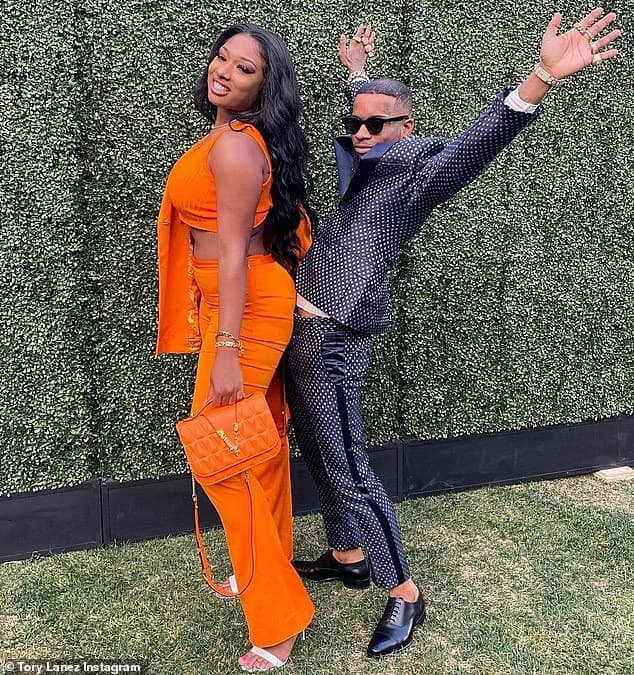Alanis Morissette Brings Vulnerability to Las Vegas Residency, Embraces Healing
Alanis Morissette says her Las Vegas residency is "healing for me," signaling a personal and artistic reckoning that resonates beyond the stage. Her decision to anchor shows in Las Vegas underscores changing industry dynamics where legacy artists use residencies to reshape narratives, reconnect with audiences, and find new revenue models.
Listen to Article
Click play to generate audio

Alanis Morissette walked into Las Vegas not to rest on a catalog but to reframe a career and to reckon publicly with the work that shaped a generation. Speaking to CBS News about her residency, she described the experience as "healing for me," a concise admission that points to a larger artistic impulse: to use live performance as both therapy and testimony.
For fans and industry observers the residency represents a pivot from the retreat that residencies once implied, toward an active, creative residency model. Once viewed as a way for aging stars to coast, modern residencies are laboratories for reinvention. Morissette’s emphasis on vulnerability fits neatly into that shift. By foregrounding emotional honesty, she aligns the shows with contemporary expectations for intimacy and authenticity in live music. That approach is well suited to her catalogue, which made emotional exposure a mainstream commodity in the 1990s and has continued to define her public identity.
Performance wise, artists who foreground vulnerability onstage often trade pyrotechnics for presence, relying on arrangement, pacing and narrative to carry emotional weight. That trade can deepen audience engagement and encourage repeat attendance, a commercial advantage in the residency format. For Morissette, whose breakthrough album Jagged Little Pill turned private anguish into cultural conversation, the residency offers a chance to revisit those songs in new keys, to set them beside newer material, and to create a through line that maps personal growth. The result is less a greatest hits revue and more a curated encounter that asks audiences to witness evolution rather than only nostalgia.
The business logic of this residency also merits attention. As live music navigates a post pandemic marketplace, residencies deliver predictable revenue, reduce travel costs for performers and create destination experiences for consumers. For Las Vegas, securing artists who offer both star power and artistic seriousness enhances the city’s appeal as a cultural, not merely entertainment, capital. For artists, residencies can be a platform for controlled experimentation, partnerships with local promoters and lucrative brand arrangements. Morissette’s framing of the residency as therapeutic adds a layer of market differentiation, offering an emotional brand that can be marketed through storytelling, VIP experiences and longer term content opportunities.
Culturally, the residency intersects with broader conversations about mental health, healing and the public life of women artists. Morissette’s candid approach challenges the industry’s appetite for image preservation and invites a more honest relationship between performer and public. It also contributes to a longer arc of women in music reclaiming control over their narratives and careers. In that sense the residency operates as cultural text, signaling that even career milestones can be sites of ongoing work and transformation.
Beyond commercial and cultural mechanics, there is a social resonance to staging healing in a city emblematic of spectacle. Audiences coming to witness Morissette’s vulnerability are participants in a shared ritual of listening and reflection. In a music economy often defined by streaming metrics and short attention spans, a residency that prizes depth over novelty is a reminder that live music can still be a space for communal repair. For Morissette, and for those who come to see her, the lights of Las Vegas are less about showmanship and more about a public act of renewal.


